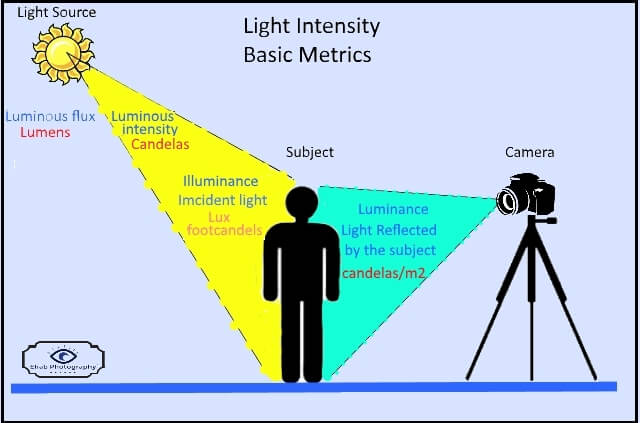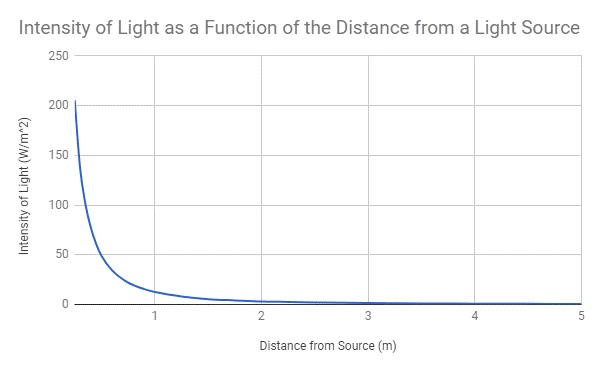
Candela seconds is merely a relative measure of how bright a flash of light will appear to a human eye. Candela seconds is used by the Society of Automotive Engineers and the California Highway Patrol to specify the minimum requirements for light output from a flashing light because flash energy has been shown to be a relatively accurate and fair way of comparing radically different types of lights such as incandescent rotators and xenon strobe lights. This quantity is the actual light energy contained in a pulse of light. strongly discourages the use of peak candela ratings when comparing warning lights.Ģ) CANDELA SECONDS or CANDLEPOWER SECONDS In addition there is no set multiplication factor for converting peak candela, a unit of luminous intensity, to either candela seconds or effective candela, both units of luminous energy. Peak candela alone cannot be used to directly compare two warning lights. It indicates NOTHING ABOUT HOW BRIGHT THE LIGHT APPEARS TO THE HUMAN EYE. This quantity is the maximum light intensity generated by a flashing light during its light pulse. Let’s briefly discuss three different commonly specified “intensity” ratings: When comparing two different warning lights, the first question usually asked is how bright are these lights and how do they compare to one another? This can be a complicated question when one is comparing very different light sources such as rotating incandescent lights and xenon strobe lights. Ieff PEAK CANDLEPOWER, CANDELA SECONDS AND CANDELA EFFECTIVE Lb = Foot-Lamberts background illuminanceĭ = Distance in feet that a light intensity can be seen BASIC PHOTOMETRIC FORMULAS Q = Light output of flashtube in lumen seconds (empirically derived for helix flashtubes)

Φ = Efficiency of flashtube in lumen seconds/watt seconds

M = Lens or reflector amplification factor Ieff = Effective Intensity (Also known as candela effective) The method of calculating the Effective Intensity of flashing signal lights disscussed herein has been taken from the IES Guide for “Calculating The Effective Intensity of Flashing Signal Lights, Section 4.3 Condenser-Discharge Lights” and is used by agencies of the Federal Government to specify strobe beacon light requirements. The term “Effective Intensity” or Candela Effective” is used by signal engineers to describe a flashing signal light which has the same signaling effectiveness as an equivalent steady burning light.

The purpose of this reference section is to promote understanding of light intensity specifications for flashing signal lights. Understanding Light Intensity Specs For Flashing Signal Lights.Explosion-Proof Fire Alarm Pull Stations.


 0 kommentar(er)
0 kommentar(er)
